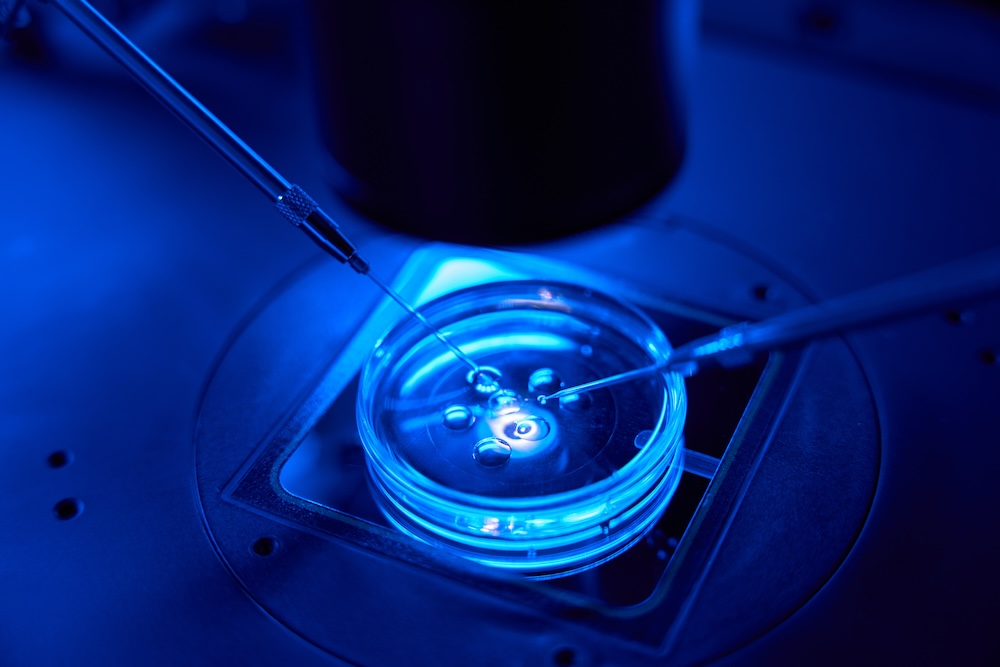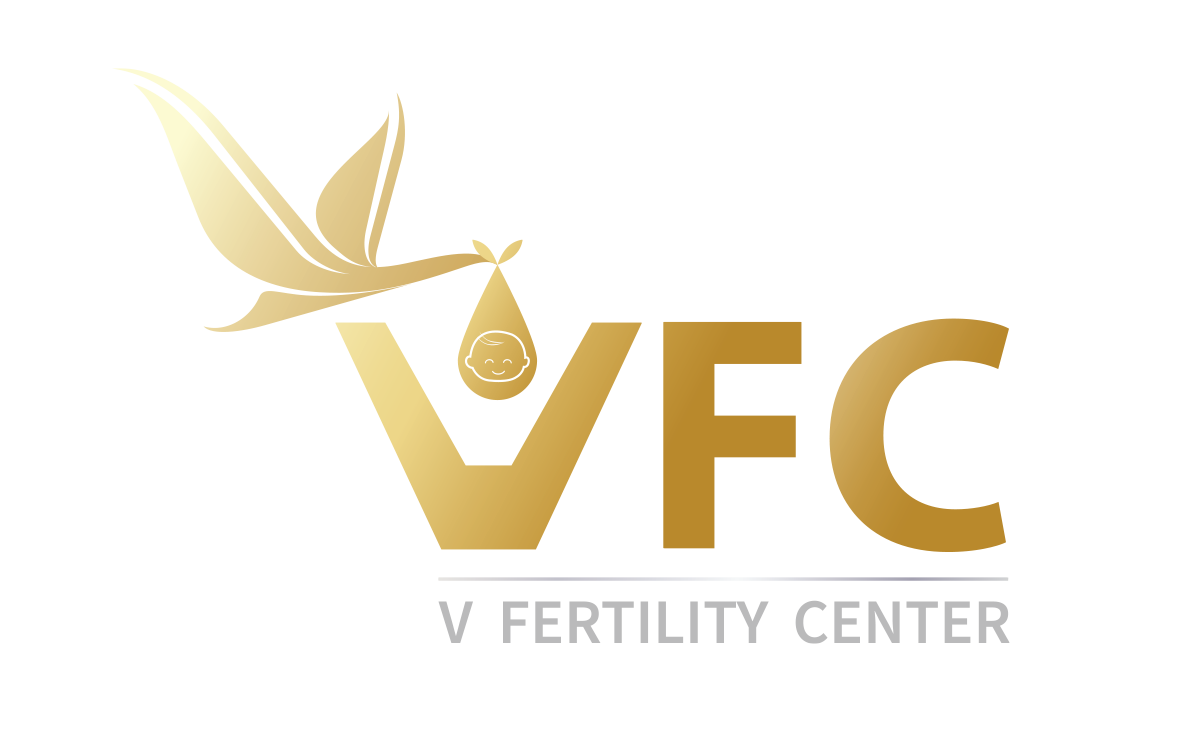
Many women are familiar with the concept of assisted reproductive technology (ART) and in vitro fertilization (IVF). However, they don’t understand the steps of the ICSI treatment procedure and why it’s commonly included in any discussion about IVF. We’ll offer a thorough explanation of ICSI and provide a step-by-step explanation of the physical process of having ICSI performed.
What is an ICSI Procedure?
An intracytoplasmic sperm injection (ICSI) is a step in the in vitro fertilization (IVF) process. In traditional IVF, a technician deposits thousands of sperm next to an egg that’s been removed from the uterus and placed in a laboratory dish. The technician then waits for one of the sperm to fertilize the egg. ICSI increases the chances of fertilization by selecting a strong and motile sperm and injecting it directly into the egg.
We’ll describe the entire IVF process so you can better understand how the ICSI procedure fits into it.
Initial Examination and Testing
To begin the IVF process, the woman undergoes extensive fertility testing, including an examination of her fallopian tubes and uterus, a hormonal assessment, and any other tests that may deemed necessary for the particular patient. The man undergoes a semen analysis. The doctor then formulates a plan and consults with the couple about the best way to proceed with the IVF process.
Ovarian Stimulation
On day two or three of the woman’s menstrual period, she begins the Ovarian Stimulation Phase by being given hormonal drugs every day for 9-12 days.
The hundreds of thousands of follicles in a woman’s ovaries each contain one oocyte or immature egg. During the normal menstrual cycle, many of these follicles will begin to develop, but typically, only one will be successful in producing a mature egg. More eggs can be developed and retrieved by stimulating the ovaries, giving the couple the best chances of success.
You’ll be asked to come into the clinic every few days so your doctor can monitor you during the ovarian stimulation process. Once test results show that your eggs have fully matured, the doctor will administer a trigger injection hormone that will allow the eggs to be released from the follicles so that they can be retrieved.
Egg Retrieval
Thirty-six hours after the trigger injection, the eggs are retrieved in a minor surgical procedure. You’ll be placed under general anesthesia, and your doctor, with the assistance of ultrasound imaging, will guide a thin needle through the pelvic cavity to retrieve the fully developed eggs.
Semen Collection
The male partner will come into the clinic and provide a sperm sample at the same time the eggs are being retrieved. The semen will be left for 30 minutes to allow it to liquefy; then, it will be washed to remove debris and immobile sperm before being analyzed for viability. This is the point at which your doctor may decide to include the ICSI procedure in your IVF program.
If the semen analysis shows a normal amount of sperm with normal motility, ICSI may not be required for egg fertilization. However, if the sperm count is low or the sperm exhibits low motility, your doctor may advise you to choose ICSI.
Egg Fertilization

If the decision is made to include the ICSI procedure in the IVF program, the embryologist will identify a normal-shaped and fast-moving sperm and select it using a thin micropipette. They will then inject it into a selected mature egg. This will take place in a laboratory environment.
Embryo Monitoring
After the egg has been fertilized with the sperm, they are placed in a special incubator and monitored for 5-6 days until they develop into the blastocyst stage. At that point, the embryo(s) are transplanted into the lining of the uterus.
Embryo Transfer to the Uterus
The doctor and embryologist will select one or more of the blastocyst-stage embryos to be transferred back into the uterus and monitored for further development into a fetus.
The embryo will be placed into a small catheter, and using ultrasound imaging, the doctor will guide the catheter through the cervix and into the uterus. The embryo will then be released into the uterine cavity wall to implant itself and begin the process of development.
Embryo Freezing
If the ICSI process creates a number of healthy embryos, the unused ones can be frozen for future use in a process called vitrification. This is a technique that freezes embryos very quickly before ice crystals can form and damage the tissue. The embryos can then be stored in a deep freeze facility indefinitely.
Visit V-Fertility Center
V-Fertility Center at Vejthani Hospital is one of the leading fertility clinics in Thailand. We have a success rate of 88.61%, based on patient data from September 2019 to December 2021.
Our comprehensive range of fertility services may help you start a family. Make an appointment at our IVF clinic in Bangkok to learn more.

The team of specialists in obstetrics and gynecology and reproductive medicine





No Comments
Sorry, the comment form is closed at this time.